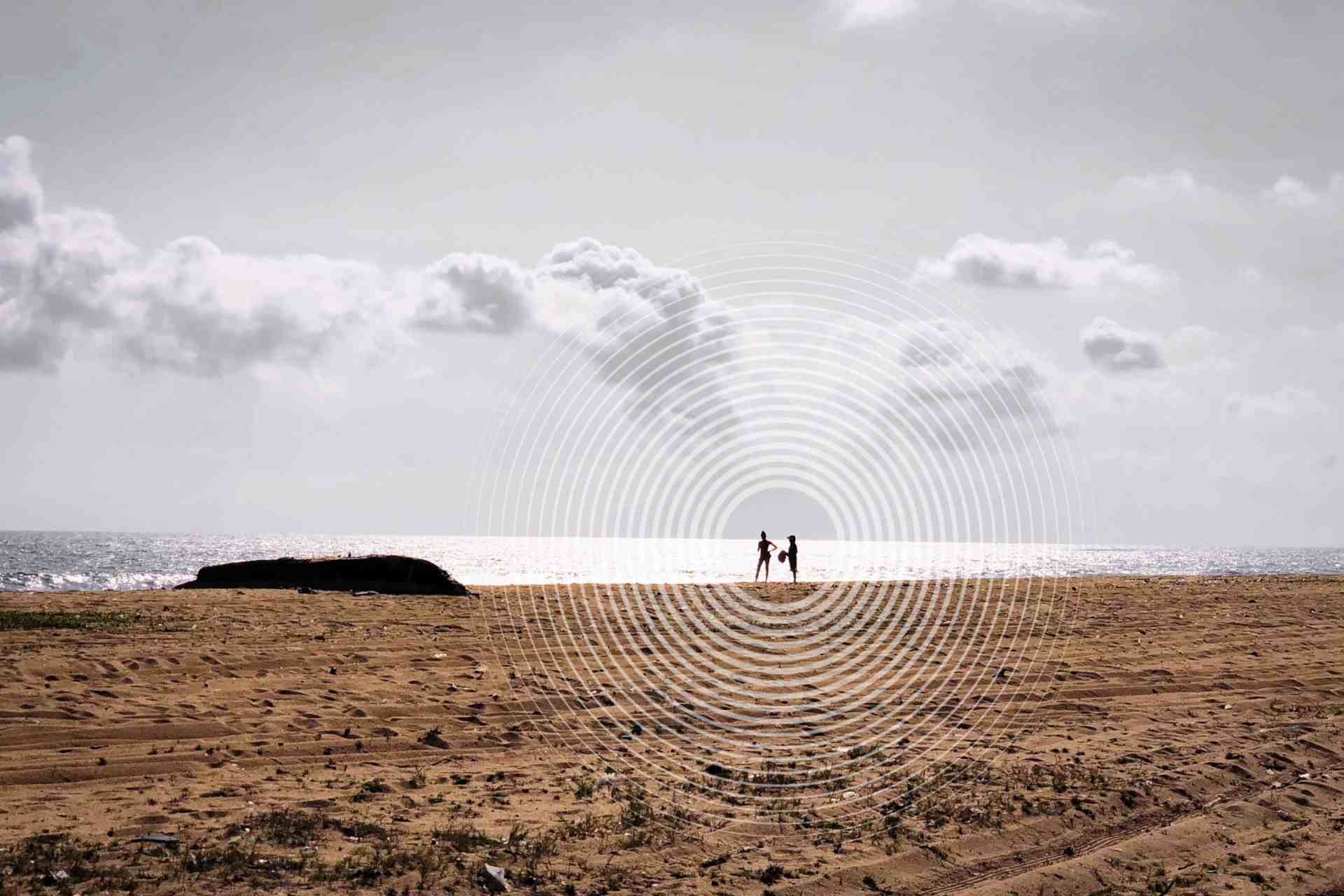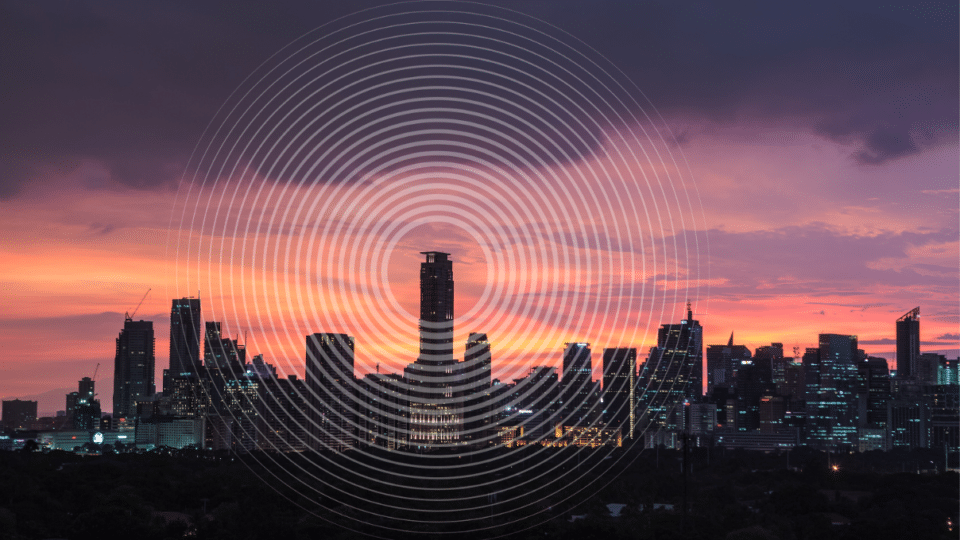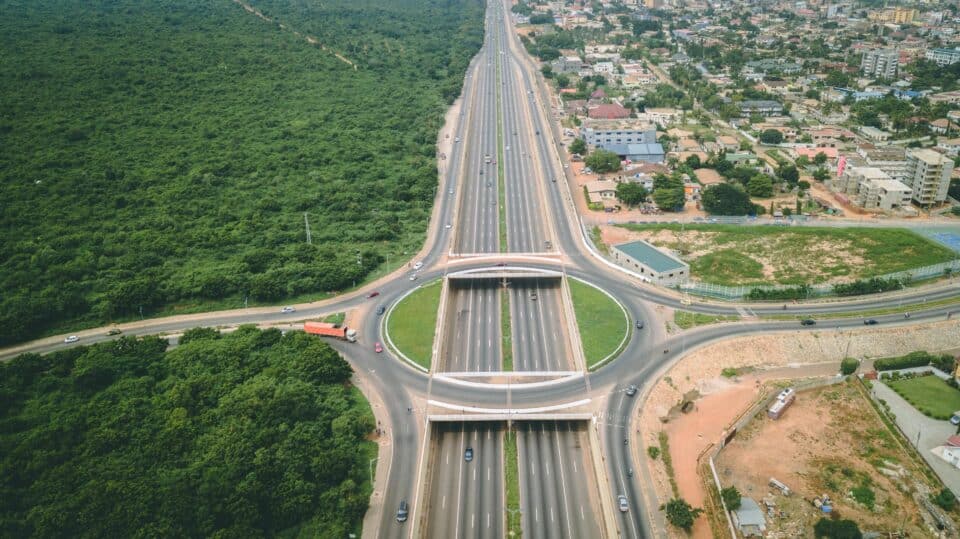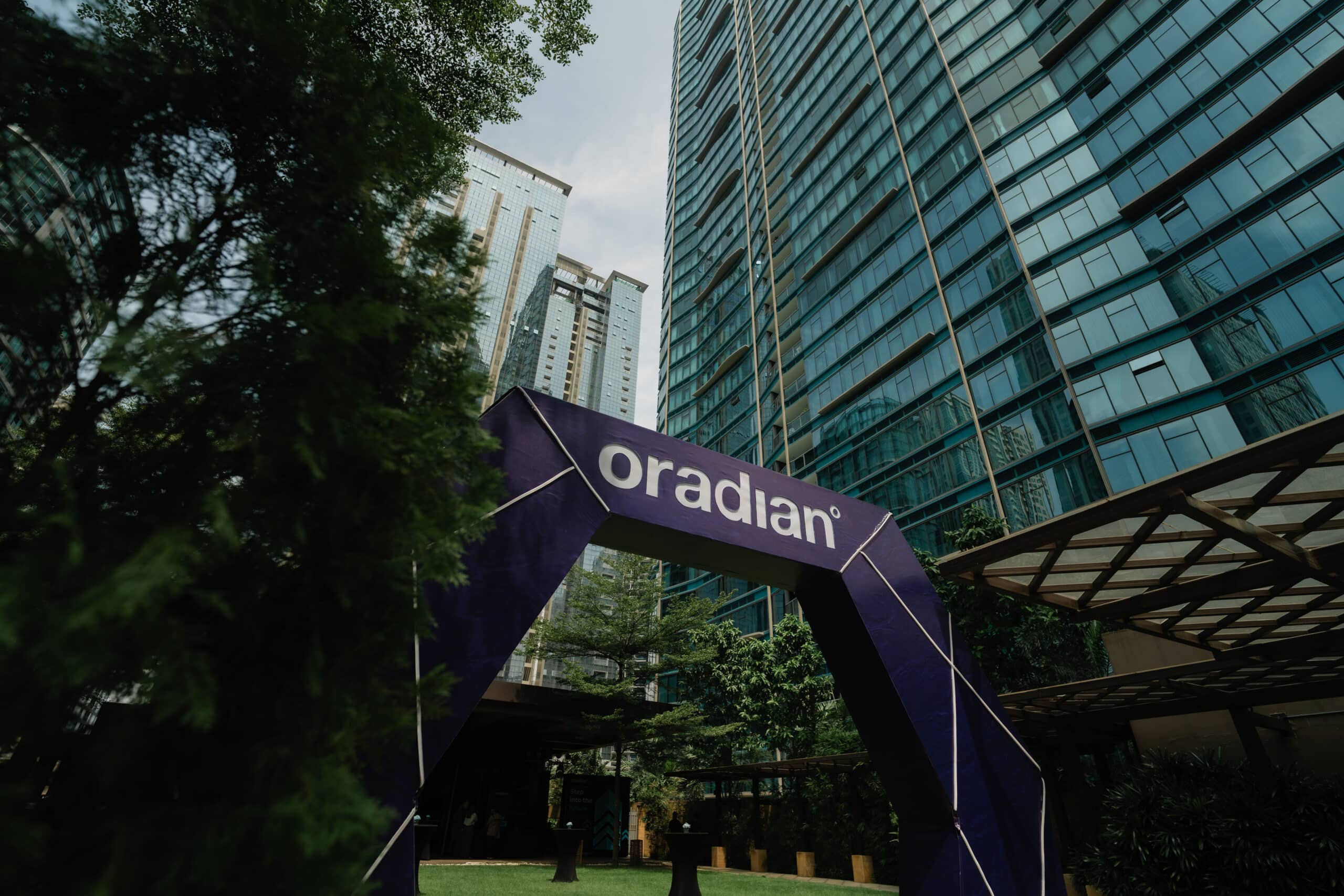We live in the “Age of Instantly”, where consumers want everything now – except their bill.
A buy-now-pay-later (BNPL) craze is sweeping the world, and Africa’s consumers are certainly part of it. Not surprisingly, banks, fintechs, financing companies, payment services providers, and merchants are trying to work out how to get a slice of the action.
Retailers are embracing BNPL for the simple reason that it brings in new sales and customers. For online merchants, BNPL means not just bigger baskets, but fewer abandoned ones too. Although these benefits may be offset by the cost of offering BNPL, it’s now a case of “play or go home” as BNPL becomes something consumers expect to be offered as standard.
It’s possible for merchants to run their own BNPL service, but the most common arrangement involves partnering with a third-party provider. These are often fintechs – and many have been set up with the express purpose of supplying BNPL – but finance companies, payment service providers, neo-banks and – to a lesser degree – traditional banks have also entered the game.
The typical business model involves the BNPL provider charging the merchant a commission fee which is considerably higher than the transaction fee charged by debit/credit card providers. In return, the BNPL will assume all subsequent activities and risks including defaults and liabilities arising from fraud.
How to launch a Buy-Now-Pay-Later Platform
Below, we’ve listed what you need to consider when launching a BNPL platform:
Scalability
BNPL is a rapidly growing market with huge potential. Oradian’s cloud-based core banking platform allows for limitless, uninterrupted growth, and its SaaS pricing model means you only pay for what you use. Oradian helps you grow and grows with you.
A reliable loan management system
A robust and flexible loan management system like Oradian’s is essential for ensuring that the entire loan lifecycle is handled as simply, efficiently, and effectively as the CX at the point-of-sale. Without it, customer relationships will be short-lived.
Speed to market
As we’ve seen, there are endless variations behind the simple fundamental concept of BNPL. To compete in this market, players must be willing and able to develop new loan products and take them to market rapidly. Oradian vastly reduces the amount of time it takes to do this.
Fast flexibility
The key to staying competitive is being able to adapt fast to an ever-changing market. The most reliable credit/trust scoring services of today may not be those of tomorrow. It’s only possible to adapt and change quickly through a core system’s deep and open APIs.
Limitless interoperability
As with most modern financial products, BNPL involves multiple partners:
-
- The BNPL provider
- A financing company
- Online or offline retailers
- Traditional or alternative credit/trust score providers
- Repayment channels.
Linking between multiple (and potentially changing) partners in a process that is seamless to the customer requires agility, flexibility, security, and speed. This is a combination that can only be provided through open APIs.
For example, compare the customer experience involved in being asked to upload bank statements as proof of income with simply requesting permission to access bank statements through an open banking API.
Of course, open APIs are also an essential part of the repayment process to seamlessly allocate payment made via a variety of channels such as M-Pesa, mCash, and Remita.
Oradian is designed to connect with the evolving financial ecosystem using open APIs, making it quick and easy to connect with alternative credit scoring services as they emerge. In that way, Oradian is totally future-proof.
To discover more about Oradian’s technology and how it can empower functions like BNPL and others, take a look at our technology page.
What is BNPL?
Buy-now-pay-later is not a one-size-fits-all concept. McKinsey and Company[1] has identified five types of “point of sale financing”:
- Integrated shopping apps
- Off-card financing solutions
- Virtual rent-to-own (VRTO)
- Card-linked instalment offerings
- Vertical-focused larger-ticket plays.
But the operating model really causing a stir across the world is the ultra-simple “Pay in 4” concept. Instead of paying for an item or service outright at the time of purchase, the consumer pays in four scheduled interest-free installments.
Although a wide range of products describe themselves as BNPL, the most identifiable characteristics are:
- Short-term financing – weeks or months, not years
- Interest-free
- The financing is unsecured
- Items with low or modest ticket prices
- Offered for a specific time, place, or product (i.e. not a general line of credit)
- Offered or activated at point-of-sale (whether in-store or online).
There is no single shape to BNPL products, and there is considerable overlap between “true” BNPL products and other credit products such as personal revolving credit lines.
Consumers like BNPL because it increases affordability (or makes a higher number of purchases affordable at the same time) and – unlike traditional credit products – eliminates interest charges. Many BNPL products are very convenient – available at the time and point of purchase with minimal additional steps – and may not require a traditional credit check.
[1] Buy now, pay later: Five business models to compete. McKinsey & Company. July 2021. mckinsey.com/industries/financial-services/our-insights/buy-now-pay-later-five-business-models-to-compete
What are lay-bys, or layaways?
Africa has a long-established tradition of lay-bys, also known as layaways. Under these agreements, a consumer can purchase an item through interest-free installments. These are usually paid over a period of no more than three months, and often require a minimum down-payment of 20%. The store retains the item until it has been paid for in full before releasing it to the buyer. Rather than buy-now-pay-later, it’s more like pay-now-buy later.
The lay-by tradition has followed shopping online. For example, Spredda – the Nigerian online marketplace – offers a lay-by option at checkout.
For consumers with no credit score, trust rating or ID, Lay-bys may currently be the only pay-by-installment option available. Fintechs such as LayUp (see below) are digitalising the payments process of bricks-and-mortar lay-by so consumers no longer need to physically visit the store to make their payments.
It is possible the future will see a growing proportion of these lay-bys replaced by BNPL.
What BNPLs currently exist in Africa?
There are already dozens of BNPL brands active across Africa. Here are just a few:
- South African PayJustNow allows shoppers to split payments over three months, with no fees or interest. Its partners range from big international brands to small independent shops.
- Nigerian company PayQart lets users pay for goods and services in installments over a maximum period of six months. It charges both the consumer and the partner merchants.
- Carbon Zero is a Nigerian player offering interest-free installments over three months.
- The Kenyan BNPL start-up charges merchants a transaction fee and customers a monthly interest rate.
- South African fintech LayUp Technologies is digitalising the lay-by agreements market (shops agree to keep goods for up to six months while buyers pay in instalments – a sort of Pay-Now-Buy-Later).
In addition to the consumers, merchants, BNPL providers, financing organisations, and credit/trust scorers, other players such as M-Pesa, mCash, and Remita are often needed to handle the repayment side of the equation.
Around the world, fintechs such as Amount, Jifiti, and Certegy are producing white label products which make it easier for organisations to quickly set up their own BNPL offering.
The future of BNPLs in Africa
One of the reasons (other than consumer demand) BNPL has grown from nothing into a multi-billion-dollar industry within the space of a few years is that in many places, BNPL sidesteps the regulators. Much BNPL financing is technically “interest free”, but the penalties for defaulting on repayments are sometimes punitive and frequently not made obvious to consumers. Unregulated BNPL providers have no obligation, for example, to be confident of the purchaser’s ability to repay. In many countries there has been increasing demand for regulators to step in.
According to figures from global payment services provider Worldpay from FIS[1], many sectors in the Middle East and Africa (MEA) are set to enjoy a period of significant growth. For example:
- E-commerce is expected to grow by more than 18% annually through 2021–2024 with Nigeria seeing the fastest growth at 24%.
- When it comes to e-commerce payments, digital wallets are set to gain most ground, growing 45% to account for more than one fifth of e-commerce spend by 2024. The gains will largely be at the expense of COD (currently the second leading payment option after cards).
While the COVID-19 pandemic had a devastating impact on bricks-and-mortar stores in many parts of Africa, these establishments are also dealing with massive changes to payment preferences and habits. Cash payments at point-of-sale (POS) fell by over a quarter in 2020 in the MEA region.
Some parts of Africa have seen even more dramatic changes. In 2019, cash payments accounted for 91% of POS transactions in Nigeria. A year later, that figure was 69%. At the same time, the use of mobile wallets is increasing and are expected to double their share of transactions by 2024.
[1] The Global Payments Report. Worldpay from FIS. 2021. offers.worldpayglobal.com/rs/850-JOA-856/images/1297411%20GPR%20DIGITAL%20ENGLISH%20SINGLES%20RGB%20FNL11.pdf
There are good reasons to believe BNPL is on the verge of a boom in Africa.
- BNPL is generally more popular with younger people and the population of people in the continent is heavily skewed in this direction. The African median age is 20 (18 in Nigeria).
- With many economies in the doldrums, the offer of BNPL becomes impossible to decline.
- Traditional credit is accessible by a tiny minority – around 5% in Nigeria, for example. There is a huge market for services which can access people outside this select group.
- Finally, there’s the increasing availability of “alternative” sources of credit or “trust” scoring.
The rise of alternative scores
In many parts of Africa, banks have little appetite for retail loans, making them difficult for consumers to come by. Digital lenders are now rushing to fill the gap – but instead of looking at clunky credit scores, they are taking other available data and using algorithms and artificial intelligence to assess trustworthiness.
A consumer’s smartphone data is a very rich seam of data. GPS data can reflect how regular a person’s habits are, while their call records can reveal what kind of company they keep. Access to mobile wallet data helps compile a useful picture of an individual’s spending and top-up habits.
The idea of scoring “credit-invisible” markets has caught the attention of global players. For example, credit score specialists Experian recently announced a partnership with FinScore (see panel) which delivers telco data credit scoring to unbanked and underbanked people in the Philippines.
Alternative approaches in Africa include fintechs such as CARMA, a credit data marketplace that helps lenders make loan decisions by accessing each other’s customer records. Another player is Migo, which builds algorithms to help lenders quantify the risk involved in lending to low-income customers.
Although the flow of personal data and the relative lack of transparency will make some queasy, these new approaches do offer social value: they open new sources of credit for people who previously had access to none. They present an opportunity to end African consumers’ reliance on informal loans and unlicensed money lenders who charge up to 30% a month.
Who wins?
Astonishingly, the answer could be “anyone with an appetite for developing new products based on unsecured lending.” What’s certain is the size of the market is not a limiting factor. For rural banks, and finance and lending companies, BNPL is not such a big leap from what they’re already doing. A little rebranding may be all it takes, plus the ability to hook into the new breed of credit score/trust services via APIs. What’s changing is the demand – from consumers and from merchants – both online and in bricks-and-mortar stores.
With commercial banks lending only to the most affluent sliver of the population, the field is wide open to providers with the right appetite for risk or, perhaps more importantly, the imagination to embrace the new ways of credit scoring that promise to mitigate the risks of uncollateralised loans.
The risk to the industry’s reputation and to society at large lies in BNPL advancing without mitigating the risks that come with. For example, in Kenya between 2014 and 2017, a shocking 2.7 million people (about 10% of the population) were blacklisted on the country’s TransUnion credit reference bureau for failing to repay digital loans – 400,000 of which amounted to less than $2.
If you’re interested in discovering how Oradian’s cloud-based core banking system can unlock growth for your business, get in touch with one of our business intelligence experts for a free overview of the Oradian system.




